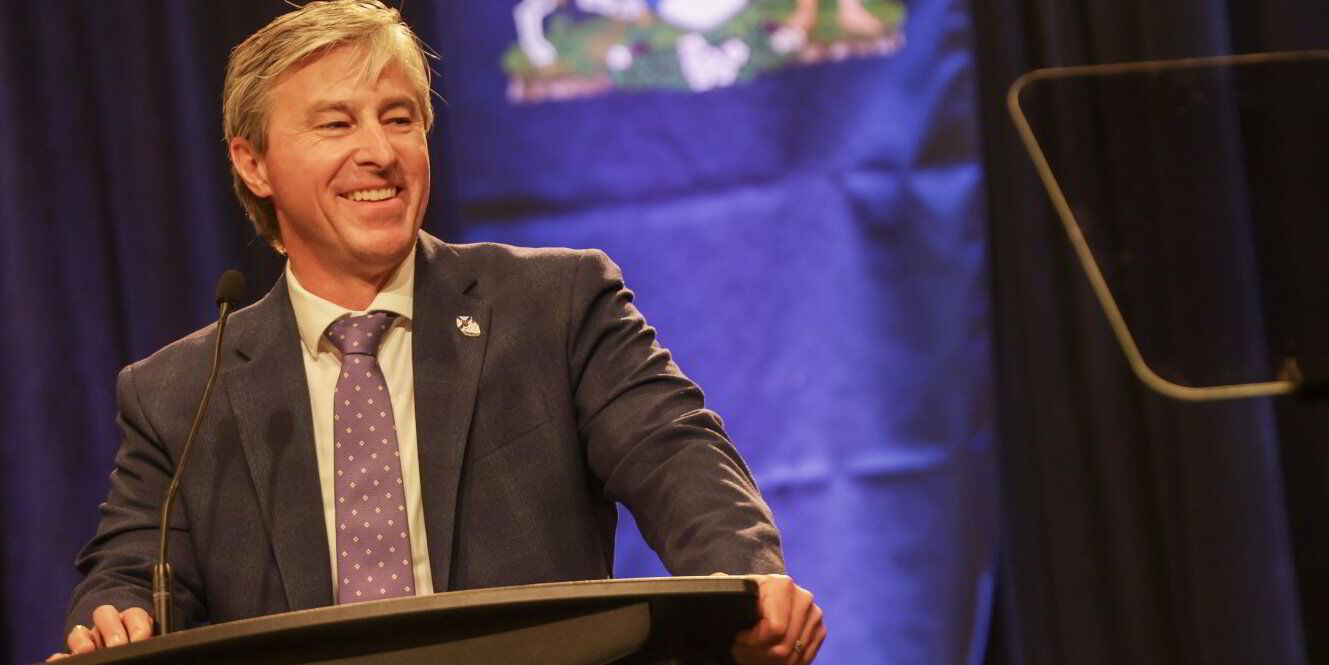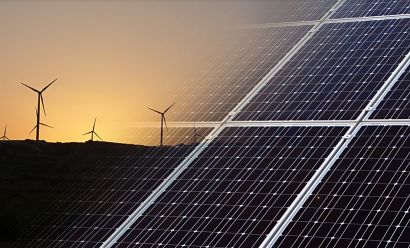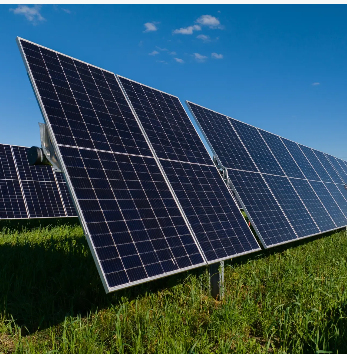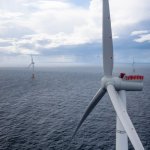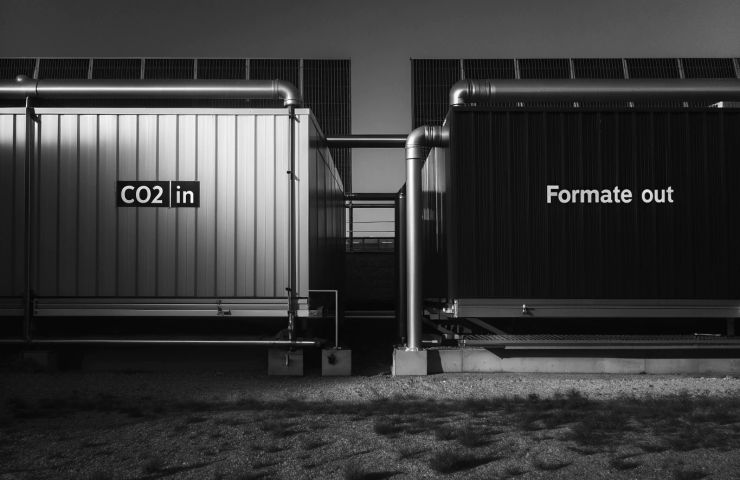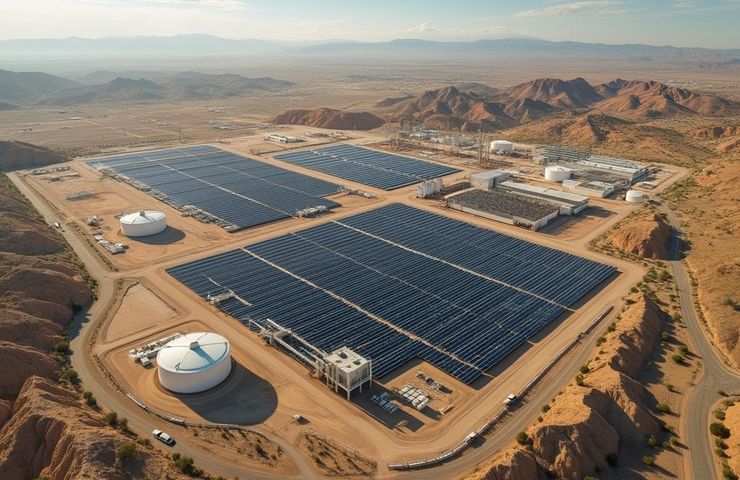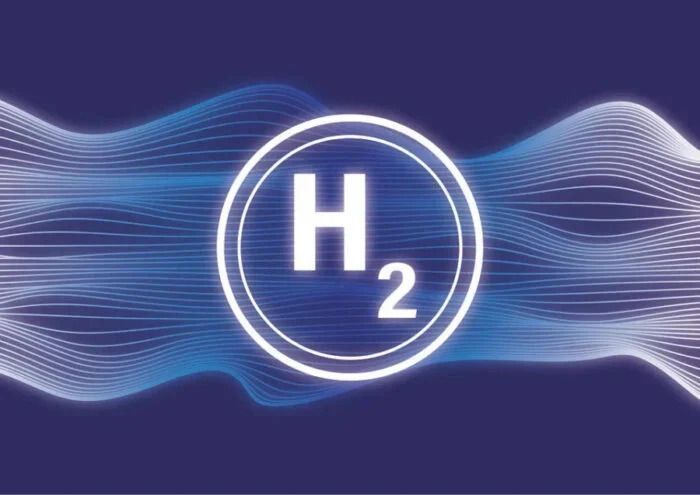Birds thriving, breeding successfully in Germany’s solar parks
Larks and other bird species are flourishing in Germany’s solar parks, where breeding success exceeds that of many other habitats. These PV project sites are becoming valuable refuges, benefiting both wildlife and the surrounding environment.

Larks and other bird species are flourishing in Germany’s solar parks, where breeding success exceeds that of many other habitats. These PV project sites are becoming valuable refuges, benefiting both wildlife and the surrounding environment.
From pv magazine Germany
Larks have become rare in the German agricultural landscape. But at this moment, I can hear several at once. There, just 30 meters away, another one takes flight. From the ankle-high grass, it soars vertically into the sky and, after just a few meters, begins to trill loudly. The nest is probably hidden somewhere below it on the ground, well camouflaged against accidental discovery.
Biologist Matthias Stoefer said the high density of breeding larks in one of Germany’s largest solar parks in Brandenburg, north of Berlin, is astonishing. In his breeding territory mapping, he counted 178 spots within the solar park and surrounding areas. On average, there are 21 to 47 breeding pairs per 10 hectares. This is the highest lark density he has ever encountered. The reference area on a nearby field has only 33 spots, equivalent to 7.6 lark pairs per 10 hectares. Whether they can breed successfully there when the farmer sprays, fertilizes, and harvests throughout the summer is questionable, however.
The high numbers in the ground-mounted PV systems are also surprising because larks avoid vertical structures. The birds prefer open, wide landscapes away from forests and forest edges. However, the long photovoltaic rows with six modules stacked on top of each other do not seem to bother them. Instead, they benefit from the advantages of the location.
People rarely visit the fenced-in facility. The vegetation is kept short by sheep, which are currently lying in the sun with their lambs between the rows of modules. The sheep’s droppings and a changing selection of flowering herbs provide the birds with a varied insect buffet.
Wildlife diversity
It’s not just larks who appreciate this. Right at the entrance to the solar park, a small bird, a wheatear, which is threatened with extinction in Germany, is bobbing on the edge of a module. During his monitoring two years ago, Stoefer discovered only one breeding pair. This year, he doesn’t have to search far.
Birds are learning, too. Initially nesting only at the edge or in surrounding compensation areas, they are increasingly migrating between the rows. White wagtails, corn buntings, whitethroats, red-backed shrikes, and yellow wagtails breed under solar roofs. In addition, there are bird species that are only there to forage or migratory birds, such as the red kite circling in the sky in search of mice and other small animals. Stoefer has observed a total of 17 different species.
The latest study by Bundesverbands Neue Energiewirtschaft (BNE) also shows that solar parks provide habitats for endangered animals, and better ones than the surrounding agricultural land. However, this realization is only gradually gaining acceptance, just as the development into a bird haven takes time.
When I first saw what was then Germany’s largest solar park in spring 2021, shortly after it went into operation, it looked no more vibrant than the grass of a football field. Evenly cut grass covered the ground. The ground-mounted PV system, with its dense row spacing, also does not meet the recommendations for biodiverse solar parks. Sheep keep the vegetation in the system short and, through their work, ensure a diverse flora.
With proper, restrained care, the park will nevertheless acquire a diverse appearance over time.
“With the overall concept, adapted to the local ecosystem, including appropriate technical and landscape planning as well as maintenance of the area, the solar park will acquire a structural diversity that is rare in today's landscape and directly correlates with biodiversity,” said Timur Hauck, corporate expert for nature and species conservation at German energy group EnBW.
After the former agricultural land is converted, fertilizers and pesticides gradually wash out of the soil. Depending on the location and management approach, this process can be aided by active thinning, such as reducing soil nutrients through sheep grazing or mechanical maintenance like removing mown grass.
“In the case of Weesow [solar park], sheep grazing has proven very successful, as it has transformed the solar park into a paradise for skylarks,” said Hauck.
The area now shows much greater diversity. In this dry spring, grass grows green only in the shade beneath the solar panels, alongside stinging nettles that sheep nibble on undisturbed. In the sunny areas before the rows, drought-resistant, low reddish-brown grasses grow among crunchy lichens. Frequent sheep paths create sandy trails, forming a mosaic of biotopes that boost biodiversity, including wildlife.
What's Your Reaction?









